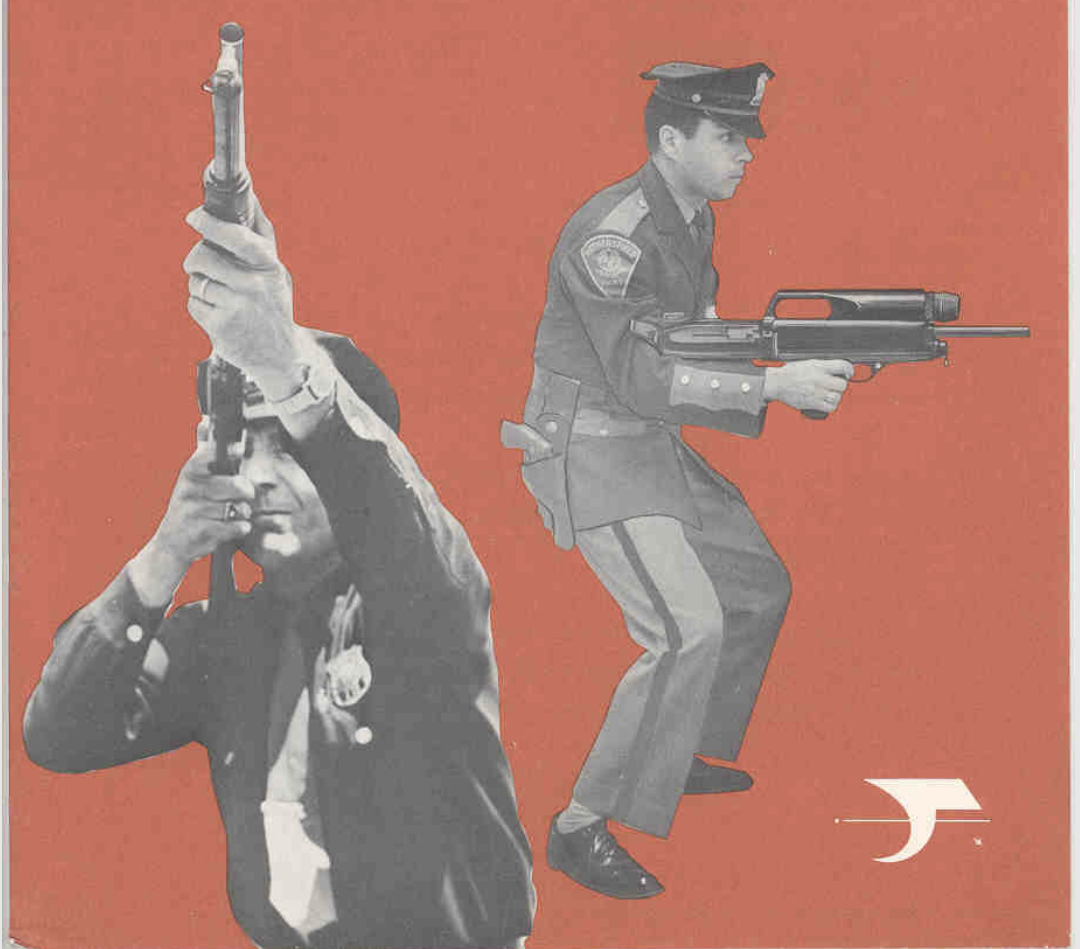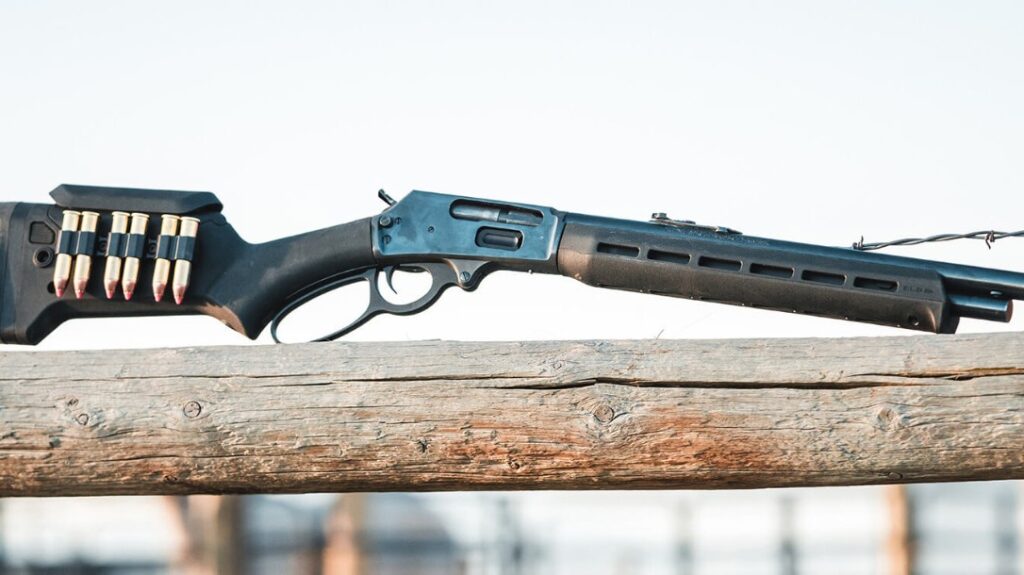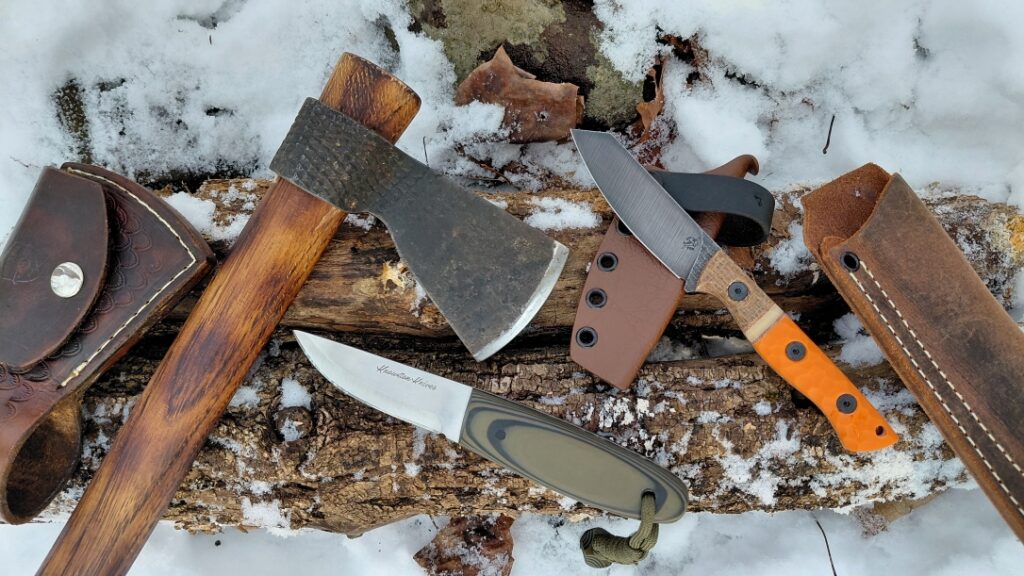I recently stumbled across three PDFs that preserved a series of pamphlets published by High Standard from 1965 to 1968. These pamphlets were designed to educate police departments looking to train their troops in the art of the shotgun. Of course, as they educated the police officers, they also found a way to advertise their shotguns non-so-subtly. These pamphlets were labeled the Practical Shotgun Course. I’ve decided to go back to the 1960s and give the course a try with the High Standard Model 10.
The first pamphlet, the Practical Shotgun Course, was a concise yet comprehensive guide. It offered training tips, the course of fire, and even a few persuasive lines about the riot gun and High Standard shotguns. The second pamphlet, a supplementary guide, focused on riot shotguns and their versatile roles, along with a list of attachments suitable for High Standard shotguns. The third and final pamphlet was a recap of the first, but with an added section on the new High Standard Model 10.
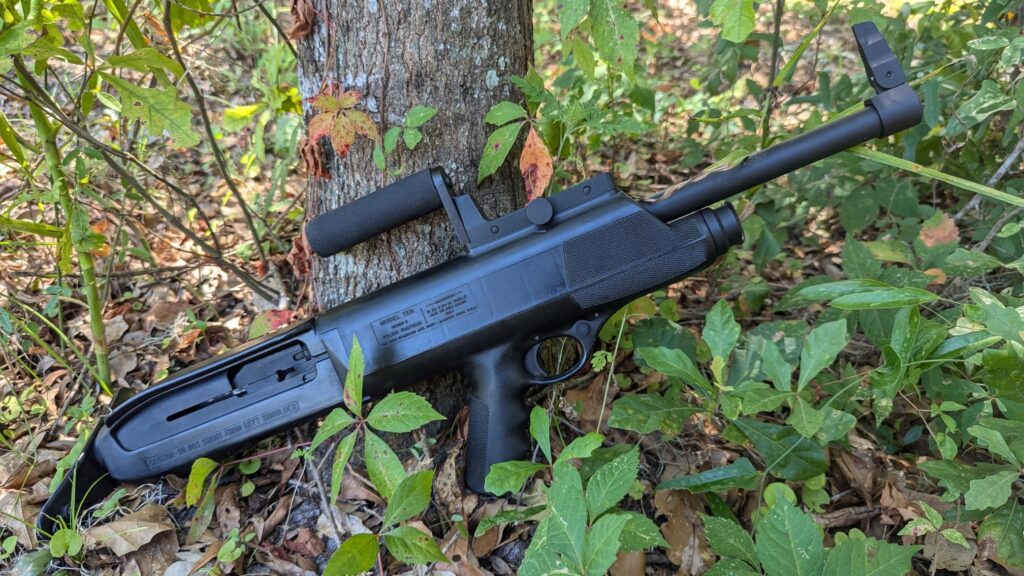
Advertisement — Continue Reading Below
The High Standard Model 10, a bullpup, semi-auto, gas-operated shotgun, was a revolutionary design for its time. Unlike any other shotgun on the market, it was a product of a police officer’s ingenuity, later acquired and released by High Standard. As a self-professed shotgun enthusiast, I was fortunate to find a Model 10 at a local gun store and promptly added it to my collection.
With the Practical Shotgun Course loaded on my phone as a PDF, I hit the range.
The Model 10 And the Practical Shotgun Course
The Practical Shotgun Course pamphlets detail the use of the Model 10 and how an officer could field it. The Model 10 is a fascinating weapon. It was first sold in 1967 and billed as the ultimate entry weapon. The gun is only slightly longer than 26 inches and features an 18.5-inch barrel. The weapon holds four rounds in the magazine tube and one in the chamber for a total of five rounds. An available magazine extension allowed the gun to hold up to six rounds.
Advertisement — Continue Reading Below
The Model 10 came in two flavors, the 10A and the 10B. I have the 10B, which is arguably the better weapon. The Model 10 has some quirky features. This includes a stock that rotates 360 degrees to accommodate hip firing. The weapon can be braced against the forearm and fired. In fact, this specific feature was also designed to allow the user to fire the weapon with one hand out of a police cruiser.
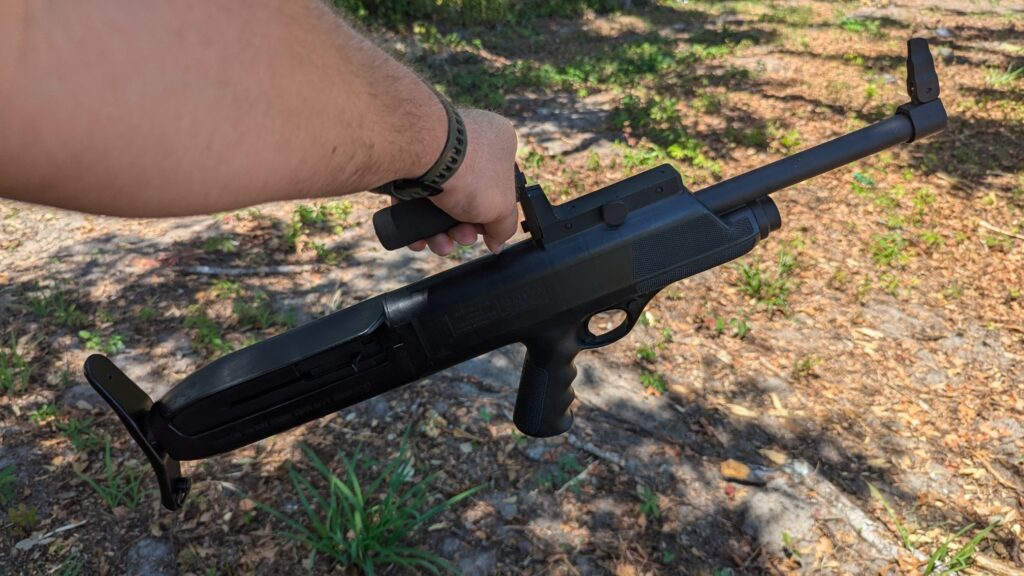
The Model 10B comes with a carry handle and a mount for an ancient light from a company called Kel-Lite. The original Model 10A had an integral light built into the carry handle. My Model 10 has a flip-up front sight and a fixed rudimentary rear sight. The weapon features charging handles on both sides, and the charging handle on the left side does not reciprocate.
Advertisement — Continue Reading Below
Now that you understand how weird the Model 10 is, let’s go shoot the High Standard Practical shotgun course. Keep in mind I used the techniques taught in this manual, and if it looks odd, that’s how it was taught.
The Practical Shotgun Course
The Practical Shotgun Course requires five targets arranged in a staggered line that measures 15 yards from the first target to the fifth target. The targets should be numbered, and I just went from left to right. The course does not call for a specific type of target, so I used the FBI Q Target. There are four distinct stages broken down into two slug stages and two buckshot stages.
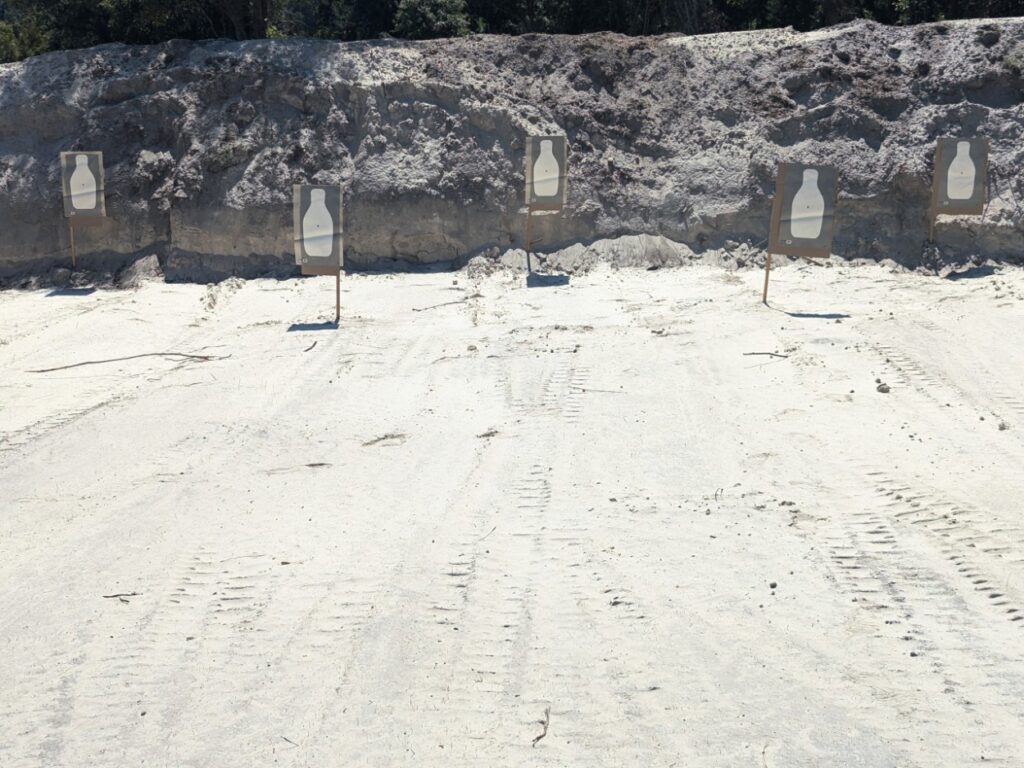
Advertisement — Continue Reading Below
The course says you need an instructor to call out the target numbers. That’s what I have a dice tower for! I just rolled a six-sided dice twice for the first two stages. (Sixes resulted in a reroll.) The third and fourth stages have you engage all five targets so I did evens first for the third stage and odds first for the fourth stage.
Stage 1 – 50 Yards
At fifty yards, we started in the kneeling position, and I kneeled behind cover. According to the course we had to shoot two rounds, one into two targets. My Model 10 was loaded with two slugs, and at the beep, I leaned out and fired one shot on four and one shot on five. As soon as I snapped out, I had problems.
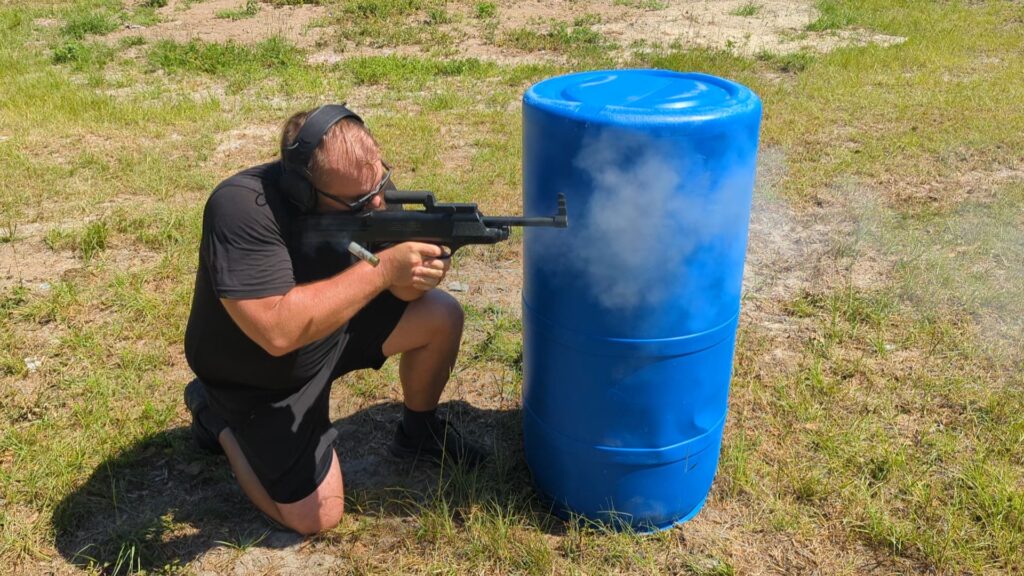
Advertisement — Continue Reading Below
At 50 yards, the front sight covered almost the entire target, so I placed it as best I could. Getting a cheek weld on the gun was tough, and the sights were too low. I managed to land both my hits with the charging handle hitting my nose once.
Stage 2 – 35 Yards
I fired this slug stage in the standing position and let off one round into target four and one round into target two. The sights didn’t cover the target, but cheek weld was still a pain. The stock’s rotating design was also a hassle. It would rotate to the side just as I braced the gun in my shoulder.
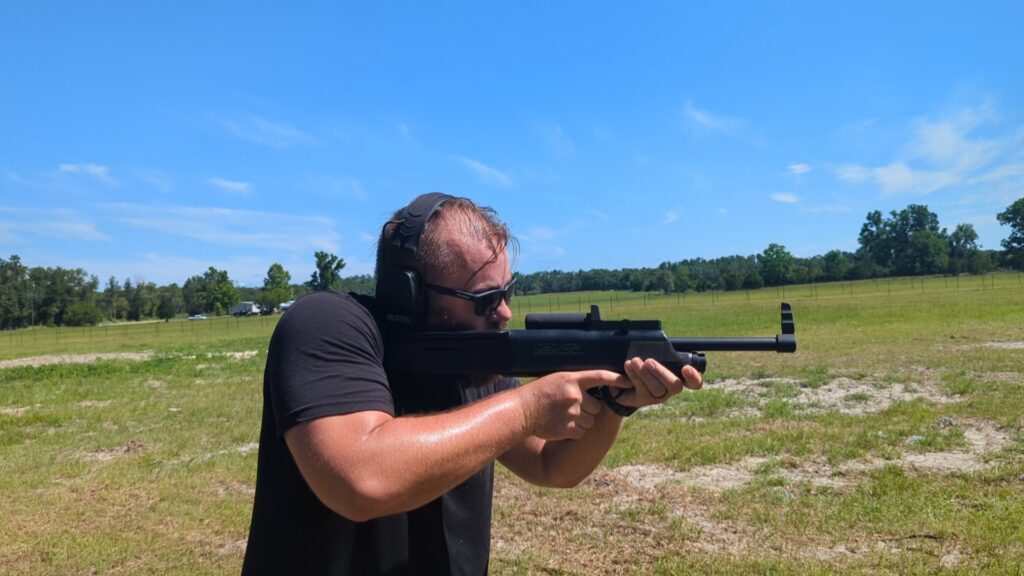
Advertisement — Continue Reading Below
I landed both shots, but nowhere near as fast as I could with something like my Benelli M4.
Stage 3 – 25 Yards
Finally, we move to buckshot and use a two-handed standing position and load buckshot into the gun. Loading this gun is a massive pain, by the way. You have to hold a button to load each round, and it takes two hands to do so. Neither here nor there.

Advertisement — Continue Reading Below
Cheek weld might suck, but the gun puts buckshot where it needs to be, although it is incredibly unreliable. It states you have to use high brass or magnum loads. I used both, but it still failed to operate successfully. I had two malfunctions in the five rounds fired.
Stage 4 – 15 Yards
At 15 yards, we are supposed to assume a standing position with the gun braced against my bicep in a hip-firing position. You then direct one round to each target. It turns out I sucked at hip firing and missed every single round. Hip-firing at five yards isn’t tough. Hip-firing at 15 yards makes me feel uncertain. I was crazy afraid of shooting over the berm, so I’ll take the misses.

Advertisement — Continue Reading Below
Hip-firing at 15 yards is silly. That’s not close enough quarters to avoid aiming. Oh, and the Model 10 failed three times in five rounds.
Blasting Off
The High Standard Practical Shotgun Course isn’t terrible. It’s simple, but the last stage is silly. I like the different targets and the various ranges, but in 2024, we need par times and accuracy standards beyond just hitting the target.
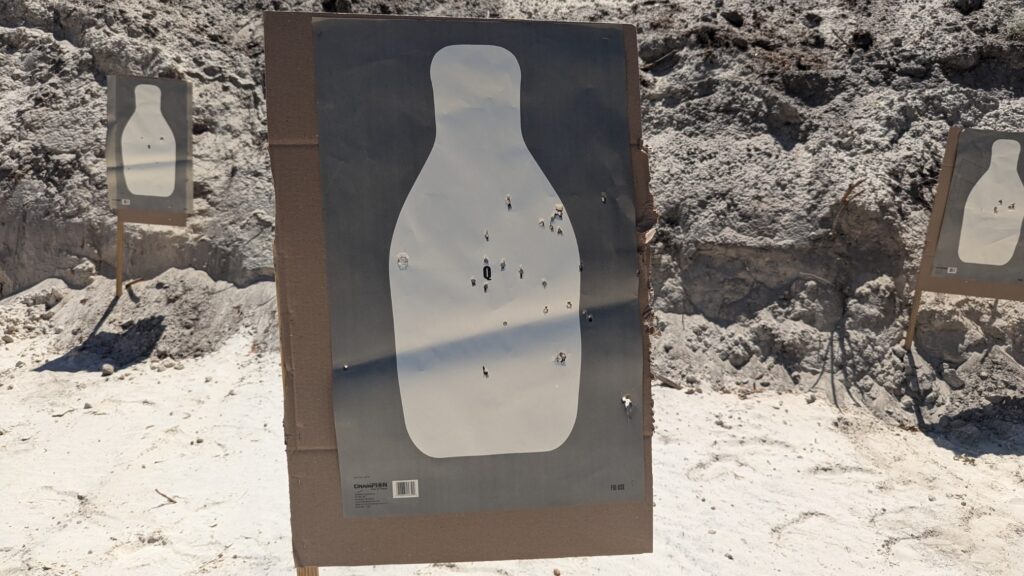
The Model 10 sucks as a shotgun. It’s super unreliable; even with the ammo the company recommends, it’s not reliable by any means. I wouldn’t want to be the cop armed with a Model 10. While it’s a fun experience to shoot, and the Model 10 is fascinating, it is easy to see why we’ve moved to stricter standards and better shotguns.
